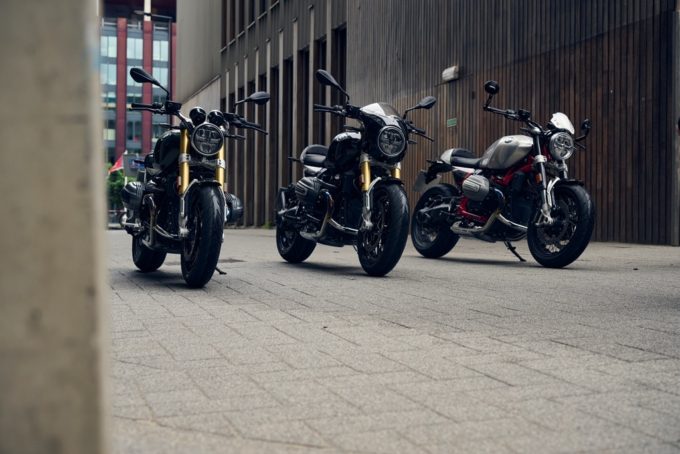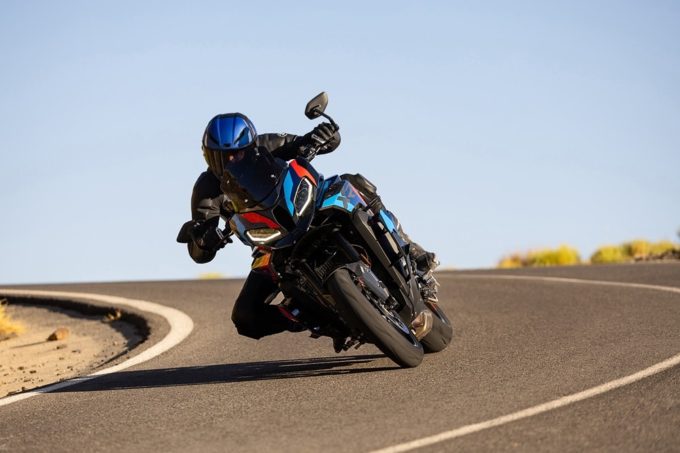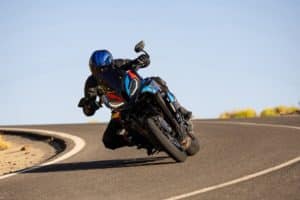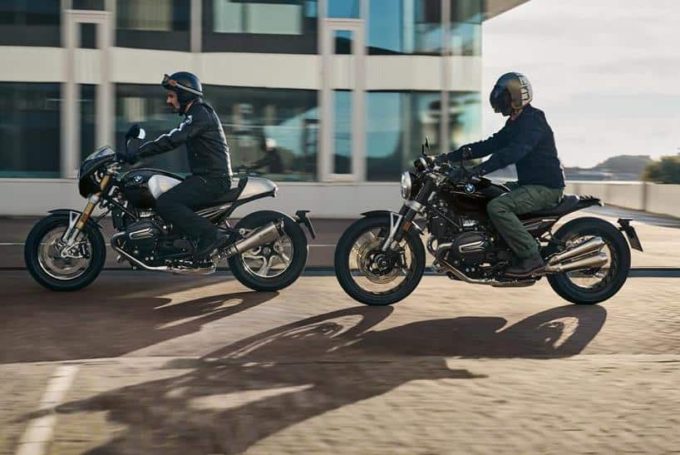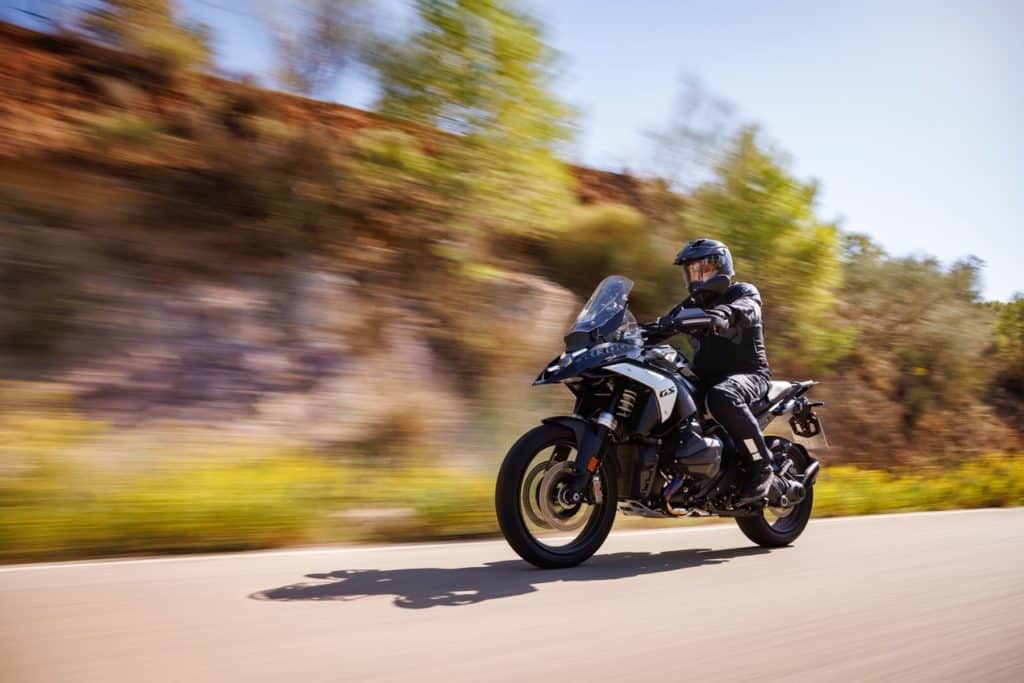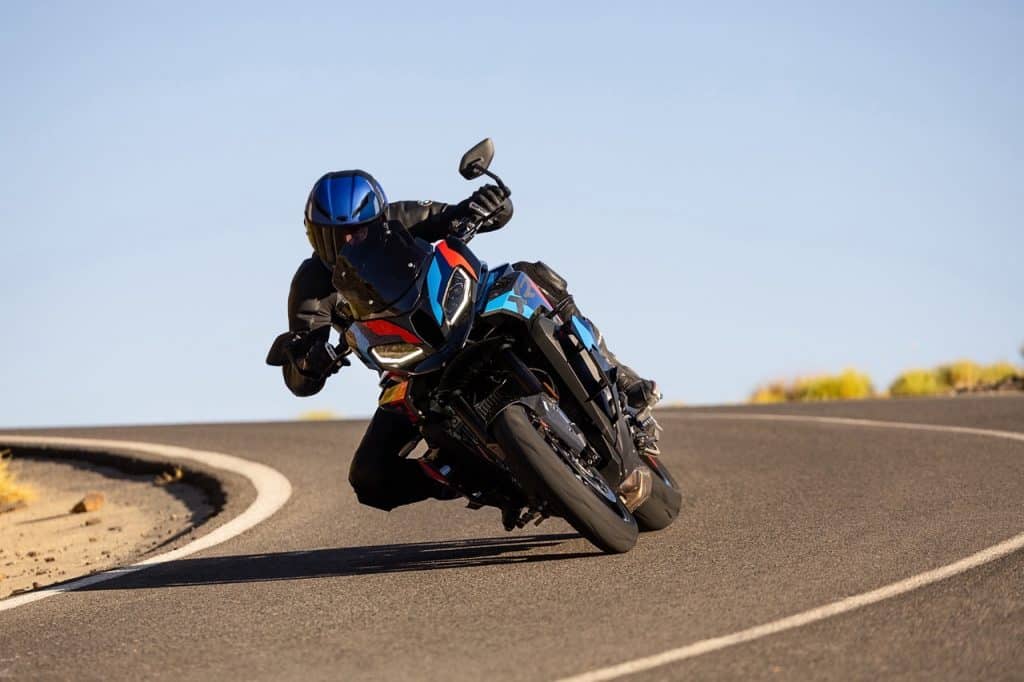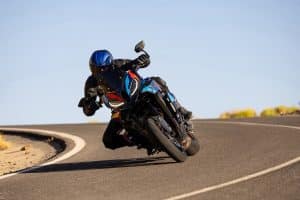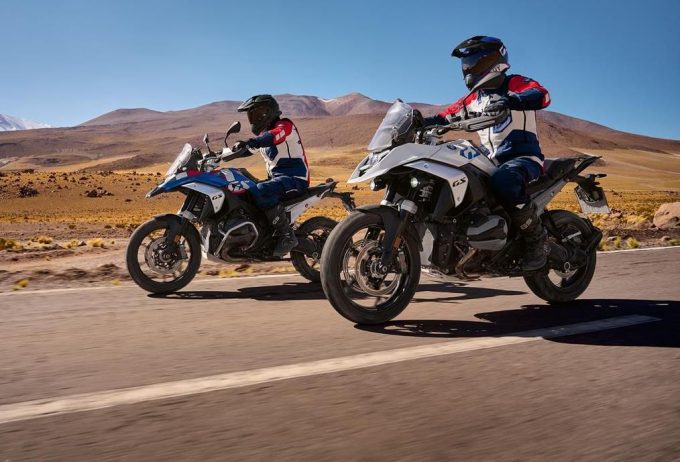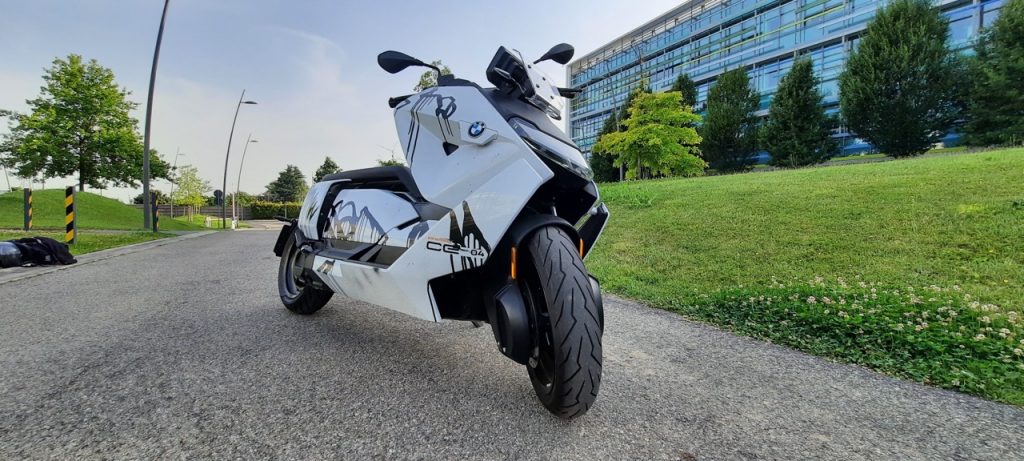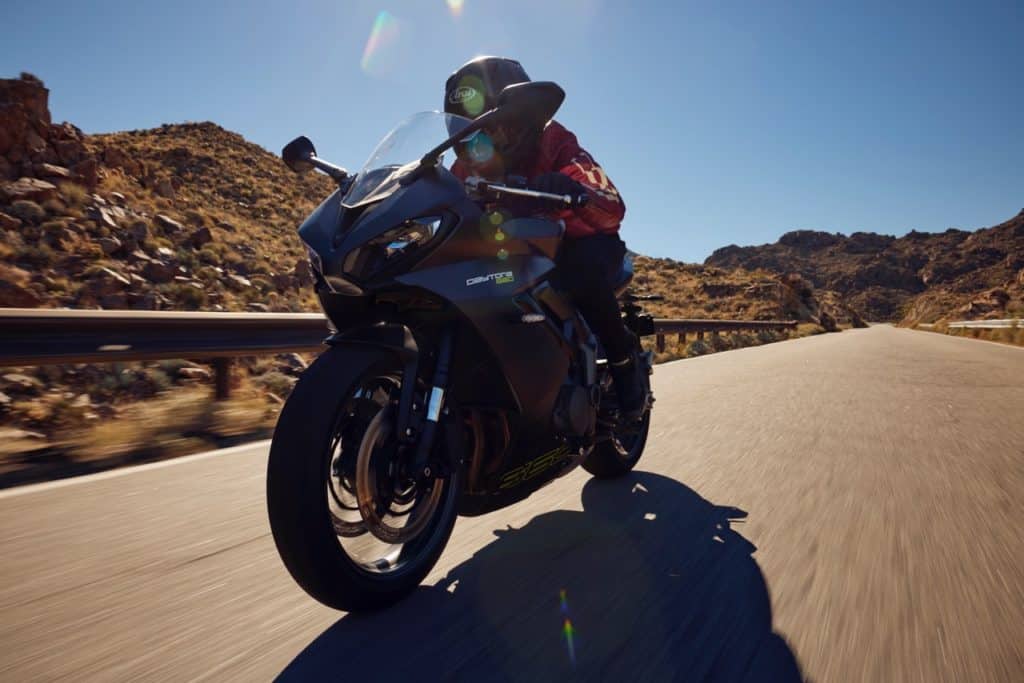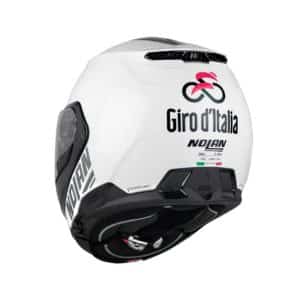BMW Motorrad ABS as standard across the entire range
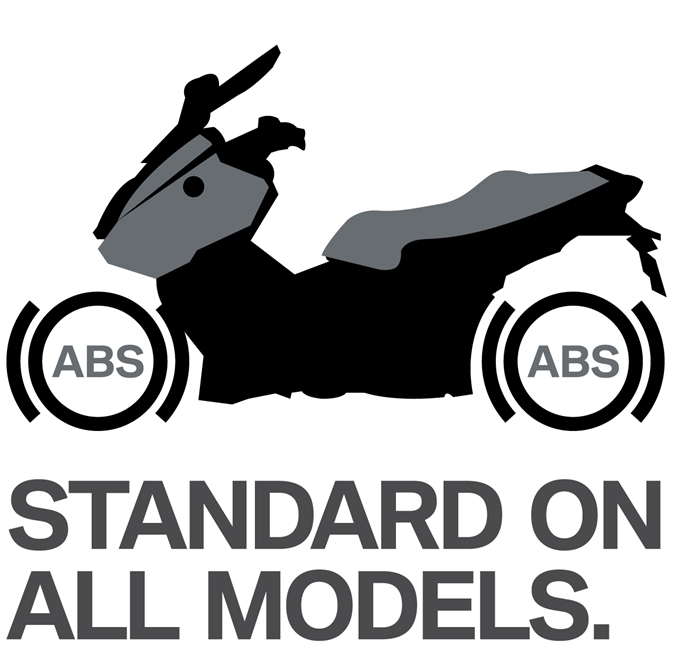
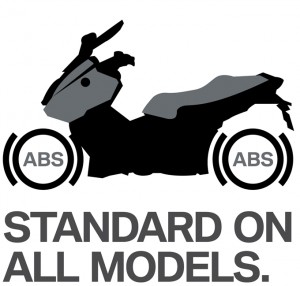
Motorcycling and safety, for BMW the two terms are inseparable. BMW Motorrad has been a pioneer in the field of two-wheel safety for decades. BMW's continuous research and innovation has led the term "safety" to be an integral part of the company strategy and to cover all aspects of riding a motorcycle. The "360° safety" principle addresses the topic from 3 points of view:
- Motorcycle active safety technology;
- Passive safety in pilot equipment;
- Safety through adequate pilot training.
BMW Motorrad ABS is standard on all models in the BMW Motorrad range
The importance dedicated to security aspects is constantly growing in both public and political discussion. As a leading company in the motorcycle industry, BMW Motorrad has always placed its social responsibility as a top priority. In 1988 the company presented the first motorcycle in the world equipped with the technological equipment that still offers the most significant increase in safety: the ABS anti-lock braking system.
Now the second logical step follows: starting from the 2013 model year, BMW Motorrad will have ABS as standard on all its motorcycles. The company is thus acting proactively and anticipating the obligation to equip all newly registered motorcycles with the ABS system, which will – probably – come into force in the European Union starting from 2016. The first new models with ABS as standard will be the twin-cylinder BMW F 700 GS and BMW F 800 GS.
The "360° safety" principle: maximum active safety thanks to innovative motorcycle technology.
Research into the many aspects of safety dates back to the roots of BMW Motorrad's almost ninety-year history and began in the field of cycling. Already in 1937 BMW Motorrad introduced a major innovation: the telescopic fork. Further milestones followed in the 2004s and XNUMXs, such as the BMW Motorrad Paralever rear wheel suspension and the BMW Motorrad Telelever front wheel suspension. In XNUMX BMW Motorrad introduced the Duolever, an innovative front suspension scheme that offers hitherto unknown steering precision, while simultaneously ensuring maximum riding stability.
With the debut of ESA (Electronic Suspension Adjustment) in 2004, electronics entered motorcycle production. The ESA system allowed the reaction of the shock absorbers to be adjusted simply by pressing a button on the handlebars. In 2010, Enduro ESA was added for the R 1200 GS and the Adventure. The current ESA II system, derived directly from the Enduro ESA, also allows you to adjust the stiffness of the springs.
Another milestone was introduced by BMW Motorrad in 2009 with the dynamic traction control Dynamic Traction Control DTC which was an expansion of the BMW Motorrad Automatic Stability Control ASC (available since 2006). For the first time in series motorcycle construction, the DTC considered a new parameter, the inclination of the motorcycle.
Seeing and being seen: these are the fundamental prerequisites for safe motorbike riding. In the field of electrical and electronic systems, new lighting systems are continually being developed: for example the first adaptive headlight system in the motorcycle sector (available on the K 1600 GT and K 1600 GTL models, starting from 2011) or the highly efficient LED daytime light (C 600 Sport, C 650 GT, from 2012).
However, riding the motorcycle without getting excessively tired and safely also requires comfort and a limitation of distractions. For this reason, ergonomics and controls are the elements that are considered with the utmost attention already in the early development stages of each BMW Motorrad model. The production specifications include both the anatomical and relaxed driving position and the maximum level of functionality and simplicity of the controls.
In the future, BMW Motorrad will further improve riding safety. In fact, further optimization of the electronic regulation of the ESA II chassis is envisaged in the direction of a semi-active chassis technology, the Dynamic Damping Control DDC, as well as the use of intelligent rider assistance systems (“ConnectedRide Project”).
The "360° safety" principle: increasing rider safety thanks to new and innovative motorcycling equipment
Offering the maximum level of comfort to the rider and minimizing the possible consequences of an accident by equipping the rider with safe clothing: these aspects have also enjoyed top priority at BMW Motorrad for decades. Already in 1976 BMW Motorrad internally developed and introduced the first helmet built according to modern safety principles. In 1978 BMW Motorrad was the first motorcycle manufacturer in the world to present a complete collection of rider's equipment. In addition to the NP protectors for motorcycle suits, developed in subsequent years, and the safety-optimized boots and gloves, rider protection has also increased thanks to the Neck Brace System which debuted in 2007.
The "360° safety" principle: tailor-made driving courses for all occasions
The third facet of the "360° safety" principle concerns basic and advanced training for pilots: in fact, those who drive better travel safer. BMW Motorrad offers road, off-road and circuit riding courses, conducted by certified instructors.
The individual programs consider both the skills of the rider, from the beginner to the most experienced motorcyclist, as well as the different disciplines, from enduro on dirt roads to motorcycling experience on public roads and performance-oriented circuit riding.
if you want to always be updated on our news
Follow us here

